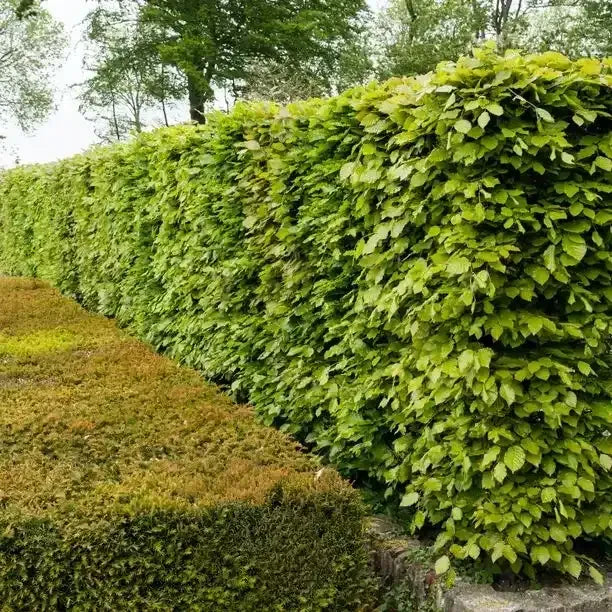Only 8 Left
Sold as:
Bulbs
from £11.95
Only 4 Left
Sold as:
Bulbs
from £16.95
Only 8 Left
Sold as:
Bulbs
from £5.95
Only 8 Left
Sold as:
Bareroot
from £24.99
16/10/2025
Daffodils and narcissi are the most popular flower bulbs grown in Britain: good value, very tough, and coming in a wide range of colours, sizes, and shapes.
Plant dry daffodil bulbs in early autumn, ideally September, and potted bulbs or bulbs in the green in early spring.
Daffodils are growing in Winter and Spring, and are dormant by Summer, so they rarely need watering in rainy Britain.
Still, be ready to water them in case there is dry weather in their first Spring.
Deadhead the spent flowers to stop them producing seeds: you want all that energy to go down into the bulbs, which will multiply and be able to produce more flowers the following season.
Just cut the tops with the seed pods off, leave the rest of the flower stem in place to photosynthesise.
As with all flower bulbs, do not tidy up the foliage until at least 6 weeks after flowering, when it withers and dies back.
For this reason, it’s best to choose early flowering varieties if you are naturalising daffodils in your lawn: they sooner their leaves die back, the sooner you can mow the grass.
When mature clumps of daffodils get congested and stop flowering well, lift the bulbs after the foliage withers to replant them in Autumn.
Because daffodils are gone by mid-Spring, they should be planted in conjunction with things that come into their own in Summer.
Late flowering bulbs like Alliums and Irises are great, and geraniums (not pelargoniums), then peonies, then phlox, and then dahlias.
